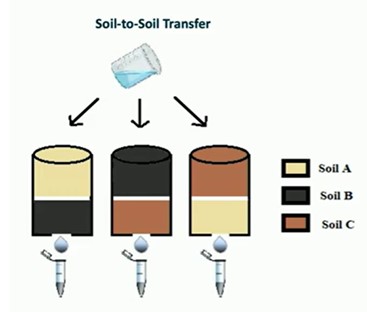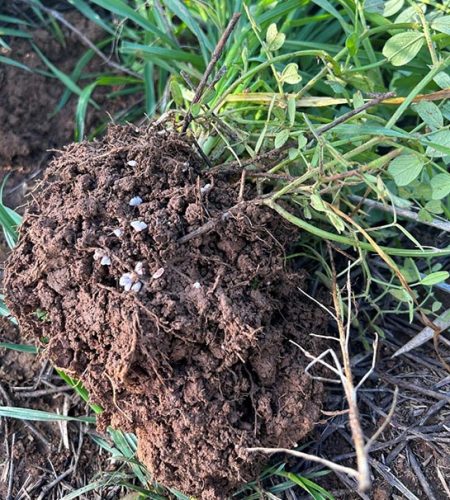A fact sheet to support the Soil CRC’s ‘Understanding the Mechanisms of Soil Microbial Function’ webinar, delivered as part of our ‘Building technical capacity for improved soil management’ webinar series.
In this webinar, Soil CRC and Southern Cross University PhD student, Cameron Copeland, shares the methodology and goals from his ongoing PhD project, researching soil microbial function and its role in cropping systems. Cameron discusses:
- microbial function and diversity
- the effects of environment and management for improved microbial function.
Research Overview
Cameron’s PhD project uses soil metabolomics and DNA profiling to understand how a community of microbes is affected following inoculation into a different soil type. Changes to microbial diversity profiles and the corresponding metabolites will clarify the functionality of a microbial community following inoculation, and give a better understanding of the efficacy of potential microbial inoculants.
The Role Of Microbes
Microbes play vital roles in biochemical regulation, nutrient cycling, organic matter decomposition, soil structure composition, and water availability. Beneficial microbes can combat pathogenic ones through various mechanisms, including antibiotic production.
Different microbes thrive based on climatic conditions, soil and plant hosts, and spatial influences, influencing soil health and plant growth. Advances in gene sequencing allow for a more accurate understanding of microbial diversity and functions in the soil.
Microbial inoculants applied through seed coatings have potential benefits, but their effectiveness depends on soil types and management practices.
Soil-To-Soil Transfer
This project is using a technique of inoculating the soil with a microbiome from another soil, known as soil to soil transfer. The transfer of microbiome through soil-to-soil transfer could have significant implications for understanding the interconnectedness of different ecosystems and their microbial communities.
Testing will include soil physiochemical properties (pH, temperature, nutrients) and genetic information from the Australian Genomics Research Facility (AGRF).

Future Opportunities
Developing personalised agronomy packages based on soil type, crops, climate, and targeted microbes may be an opportunity in the future.
Further Results
Watch Cameron’s 2023 Soil CRC Participants Conference presentation ‘Interchanging microbial communities: The effects of soil-to-soil transfer’ for further results from this PhD project.

